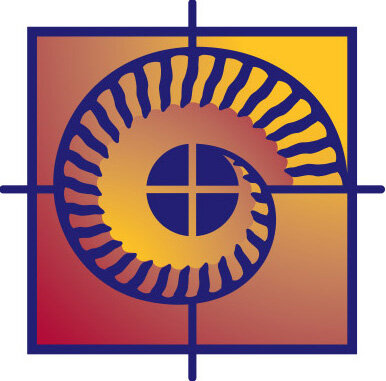About the Paper.
Environmental Concerns.
At RAM our commitment to use recycled and eco-consciously produced paper will not be a limiting factor in the design, functionality or success of your printed piece.
Not only are the choices for environmentally friendly paper abundant, but the costs are comparable to virgin paper and there is no sacrifice in quality or printability.
In choosing paper, you need to consider:
Fiber Type
Recycled Content
Chlorine Processing
Production Method
Environmental Stewardship Efforts of the Mill
FSC (Forest Stewardship Certification) of the Mill
Overall Environmental Footprint Generated
Fiber Type
Most paper is made of wood pulp from trees. There are other alternative fibers available including cotton, bamboo and sugar cane. Regardless of the fiber type used to make a paper, as a consumer, you should always be aware of the chlorine process, recycled content and Environmental Stewardship efforts used in its production.
For this program, we are referring to papers made primarily from wood pulp.
Recycled Content
Recycled Paper is a broad term for any paper that contains some amount of recovered fiber. That may be content that is or is not post-consumer. The term “recycled” does not dictate a formula for what you are buying. There is no law governing the specific use of that term.
Why use recycled?
Virgin (non-recycled) paper uses between 2 and 4.4 tons of trees to produce 1 ton of pulp. Using recycled fiber takes about 1.4 tons out of the land fill to produce 1 ton of recycled fiber. In addition, less water, fewer chemicals and less energy are required.
There are two types of Recycled Content.
Paper may contain either, both or none.
Post Consumer Recycled Content: Refers to content that has seen a full life cycle and is being diverted from solid waste disposal for reuse.
Pre Consumer Recycled Content: Refers to content that has not seen a full life cycle such as paper mill scraps and sawdust that are converted back to pulp for reuse.
Chlorine Processing.
Production of bright white paper has traditionally involved bleaching of wood pulp with elemental chlorine.
Environmentally hazardous by-products are created in this process. The move in the industry now is towards ECF (Elemental Chlorine Free), PCF (Process Chlorine Free) and TCF (Totally Chlorine Free).
PCF – Process Chlorine Free
Refers to paper made with fiber recycled from post-consumer waste and unbleached or bleached without chlorine compounds. PCF paper is the most environment-friendly type.
ECF – Elemental Chlorine Free
Refers to virgin or recycled fiber that is processed without elemental chlorine, but has been processed with a chlorine derivative such as chlorine dioxide. This process is less harmful than bleaching with elemental chlorine. It is more environmentally beneficial however to focus on a high postconsumer recycled content than ECF processing.
TCF – Totally Chlorine Free
Refers to paper made from 100 percent virgin fiber (including fiber from sources other than trees) that is unbleached or bleached with non-chlorine compounds. TCF cannot apply to recycled papers, as the source fiber can’t be determined.
Production Methods.
As a part of a commitment to producing paper in an enviromentally sustainable manner, many paper mills are reviewing and modifying the manner in which they produce paper.
Some options for mills are hydro-electric power and wind generated power, both of which can facilitate production that reduces dependency on non-renewable fossil fuel energies. Most mills provide this information in their swatch books, on their websites and through other promotional material.
Also look for information from the mills on:
Staff, supplier and consumer education intitiatives
Efforts in natural resource conservation
On going waste and pollution reduction efforts
FSC (Forest Stewardship Council) Certification
Tools to Measure Environmental Footprint
Environmental Footprint
Some mills offer through their websites, ways to measure your environmental footprint based on the amount and kind of paper you use. Measurements are calculated based on standards from the Office of the Federal Environmental Executive and include numbers for savings of:
Trees
Water
Energy (BTU’s)
Solid Waste
Water Born Wastes
Atmospheric Emissions
For examples of Environmental Footprint Calculators go to




